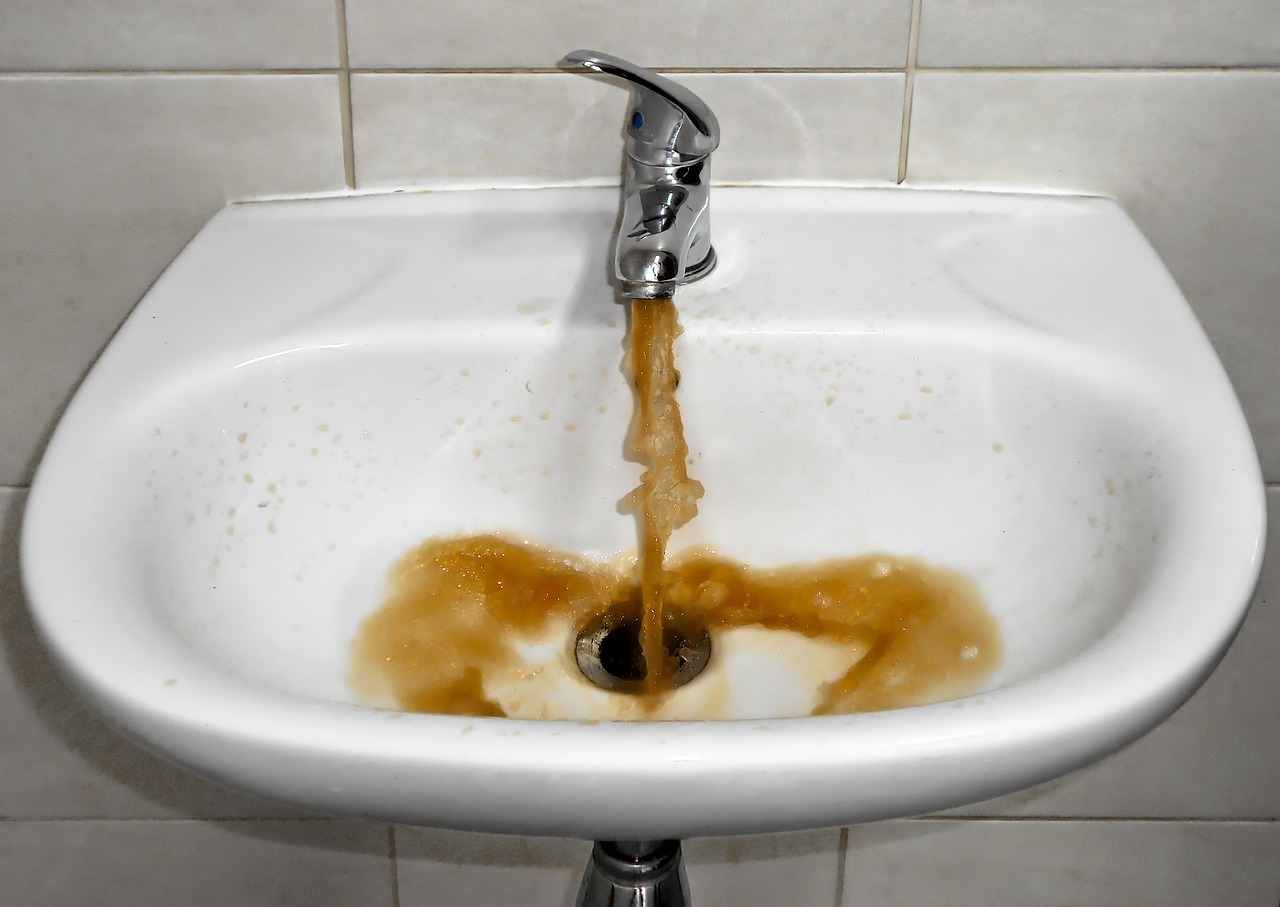Plumbing problems never happen at convenient times, often striking during weekends or late evenings when professional help costs more. Smart plumbing heating services Toronto residents rely on recommend learning basic troubleshooting skills that can save both time and money. These expert techniques help you handle common issues while knowing when to call for professional backup.
Quick Fixes for Common Problems
Most household plumbing issues fall into predictable categories that respond well to simple solutions and basic tools. Professional plumbing heating services Toronto technicians see the same problems repeatedly, which means homeowners can learn proven methods for addressing them. Understanding these patterns helps you respond quickly when water starts pooling or pipes begin making strange noises.
Start by locating your main water shutoff valve before any emergency happens. Keep basic tools like a plunger, pipe wrench, and drain snake in an easily accessible location for quick response.
Drain Blockages Made Simple
Hair, soap residue, and food particles create most drain blockages that slow water flow throughout your home. Remove visible debris from drain openings before trying any other methods, as surface clogs often solve themselves with manual removal. Hot water flushes can dissolve soap buildup, while baking soda and vinegar combinations break down organic matter naturally.
Avoid chemical drain cleaners that damage pipes and create more expensive problems over time. Professional-grade drain snakes reach deeper blockages that plungers cannot address effectively.
Toilet Troubles and Solutions
Running toilets waste hundreds of gallons monthly while driving up utility bills unnecessarily. Check the flapper valve first, as warped or misaligned flappers cause most continuous running problems. Adjust the chain length if the flapper doesn’t seat properly against the flush valve opening.
Low water levels in the tank usually indicate problems with the fill valve or float mechanism. These components are inexpensive and relatively simple to replace with basic hand tools and patience.
Water Pressure Issues
Inconsistent water pressure throughout your home often points to specific problems with fixtures rather than main line issues. Clean mineral deposits from showerheads and faucet aerators using white vinegar soaks that dissolve buildup naturally. Remove these components carefully and soak them overnight for best results.
Check multiple fixtures to determine if pressure problems affect your entire home or just specific areas. Whole-house pressure issues typically require professional diagnosis and repair services.
Leak Detection and Prevention
Small leaks become expensive problems when left unaddressed, causing water damage and promoting mold growth in hidden areas. Look for water stains, musty odors, or unexplained increases in water bills that suggest hidden leaks. Check under sinks, around toilets, and near water heaters for signs of moisture or corrosion.
Use food coloring in toilet tanks to identify silent leaks that waste water without obvious signs. If colored water appears in the bowl without flushing, the toilet needs immediate attention to prevent ongoing waste.
When Professional Help Becomes Necessary
Some plumbing problems require specialized tools, permits, or expertise that go beyond safe DIY methods. Gas line work, sewer line repairs, and major pipe replacements need licensed professionals who understand local codes and safety requirements. Water heater installations involve electrical and gas connections that create serious safety risks when handled incorrectly.
Consider these situations that always require professional intervention:
- No water flowing to multiple fixtures throughout your home
- Sewage backing up into sinks, tubs, or floor drains
- Gas odors near water heaters or other appliances
- Frozen pipes that may have burst during cold weather
- Water heater making loud noises or leaking from the base
- Main water line problems affecting water quality or pressure
Emergency Preparation Steps
Keep emergency contact information for reliable plumbing services easily accessible during crisis situations. Know how to shut off water to individual fixtures and your entire home to prevent flood damage while waiting for help. Document the location of cleanout access points for sewer lines before problems develop.
Create a basic emergency kit with essential tools and supplies for temporary repairs. Include pipe tape, rubber gaskets, and waterproof sealants that can slow leaks until permanent repairs are completed.

